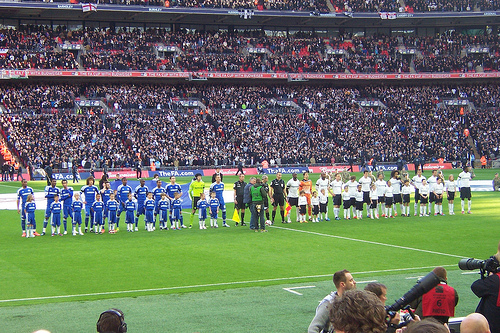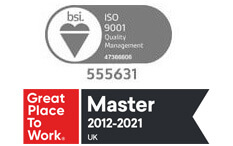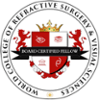Why Great Sport and 20/20 Vision See Eye to Eye During the over 20-year history of the London Vision Clinic, we’ve treated patients from all walks of life. We’ve helped parents, grandparents, famous people, and of course, sports enthusiasts. One thing that we have learned during our decades of Laser Eye Surgery treatment is that nothing can get in the way of a sportsperson and their sport.
During the over 20-year history of the London Vision Clinic, we’ve treated patients from all walks of life. We’ve helped parents, grandparents, famous people, and of course, sports enthusiasts. One thing that we have learned during our decades of Laser Eye Surgery treatment is that nothing can get in the way of a sportsperson and their sport.
Except maybe poor vision.
Anyone who has a passion for sports – whether it be football, tennis, rugby, or even swimming – will be acutely aware of how invaluable their vision is when making the most of their skills. Having a refractive error such as hyperopia (long-sightedness), myopia (short-sightedness), astigmatism, or even presbyopia can significantly affect our ability to carry out crucial plays on the sports field.
But while glasses and contact lenses often offer a satisfactory solution in normal life (though this is also not without some shortcomings), the same can rarely be said about sports.
How Do Glasses and Contacts Affect Your Game?
Glasses and contact lenses can be a hindrance at the best of times, but when it comes to staying active, they can be downright infuriating. Simple exercises like jogging, cycling, and even stretching can cause your glasses to become dislodged or fall off your face – and all of this gets even worse when water becomes a factor.
Even simply walking in the rain can leave you with a constant need to wipe your glasses clean, so running and cycling represent an even bigger problem. But what about when it comes to watersports?
Poor vision and water sports
Unfortunately (as we have seen above), glasses and water do not make good bedfellows – but contact lenses could represent some more significant risks. Contact lenses put wearers at an increased risk of eye infections – a risk that is heightened when water or dust comes into play.
For this reason, anyone looking to enjoy a swim – whether for leisure or competition – should always be sure to remove their lenses before doing so. So, if you’re a keen swimmer or lover of watersports who also happens to be a glasses wearer, the chances are you have had to invest in a special pair of prescription goggles to ensure you can see clearly while you’re making your way through the water.
What about when the stakes get higher?
All of this is likely multiplied when considering the stakes faced by professional athletes such as footballers, swimmers, and tennis players. After all, sports games and matches are often won and lost on the smallest of margins. In these cases, the difference between good and bad vision could well be the difference between success and failure.
It’s no coincidence that many of the world’s top athletes and sportspeople who once wore glasses or contact lenses eventually opted for Laser Eye Surgery. Particularly those in sports that require optimal hand-eye coordination and accuracy like golf and shooting.
Master golfers like Tiger Woods, Vijay Singh, and Tom Kite have all had the treatment, benefiting from improved depth perception and sharpness of vision. To perform at this level, it’s often assumed that competitors need to have 20/20 vision, or better.
Of course, there are exceptions to this rule. Take the World Number 1 men’s tennis player Novak Djokovic, for example. Djokovic has been able to break the record for most Grand Slam titles despite wearing contact lenses on the court. However, this doesn’t mean he has always been immune from the perils of external visual aids.
And it’s not just the players that need to consider the implications of their eyesight. It is also crucial that umpires, linesmen, referees and all those making crucial decisions in today’s sporting arenas can make close calls that could affect the outcome of the game.
The Call of Laser Eye Surgery
Thankfully, Laser Eye Surgery can address the vision woes of amateur sports enthusiasts, world-class professional athletes, and referees and umpires alike. With the latest developments in laser refractive surgery, most patients can expect to achieve 20/20 vision (or better) – even if they have a high glasses prescription.
For the vast majority of patients, this could mean waving “goodbye” to those obstructive glasses and irritating contact lenses, both on and off the sports field.
If you’d like to learn more about how Laser Eye Surgery could help to improve your sports game (and every other aspect of your life), get in touch with one of our friendly clinic coordinators or Book a Consultation today.


